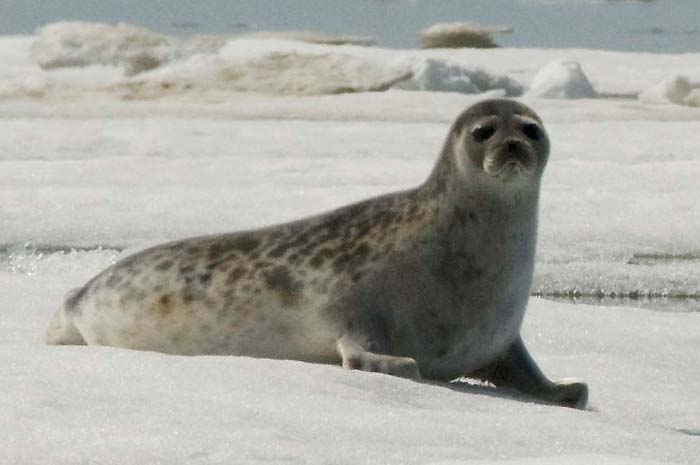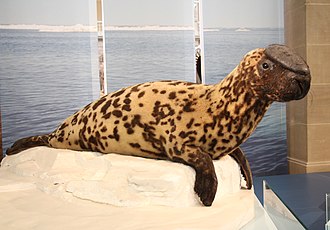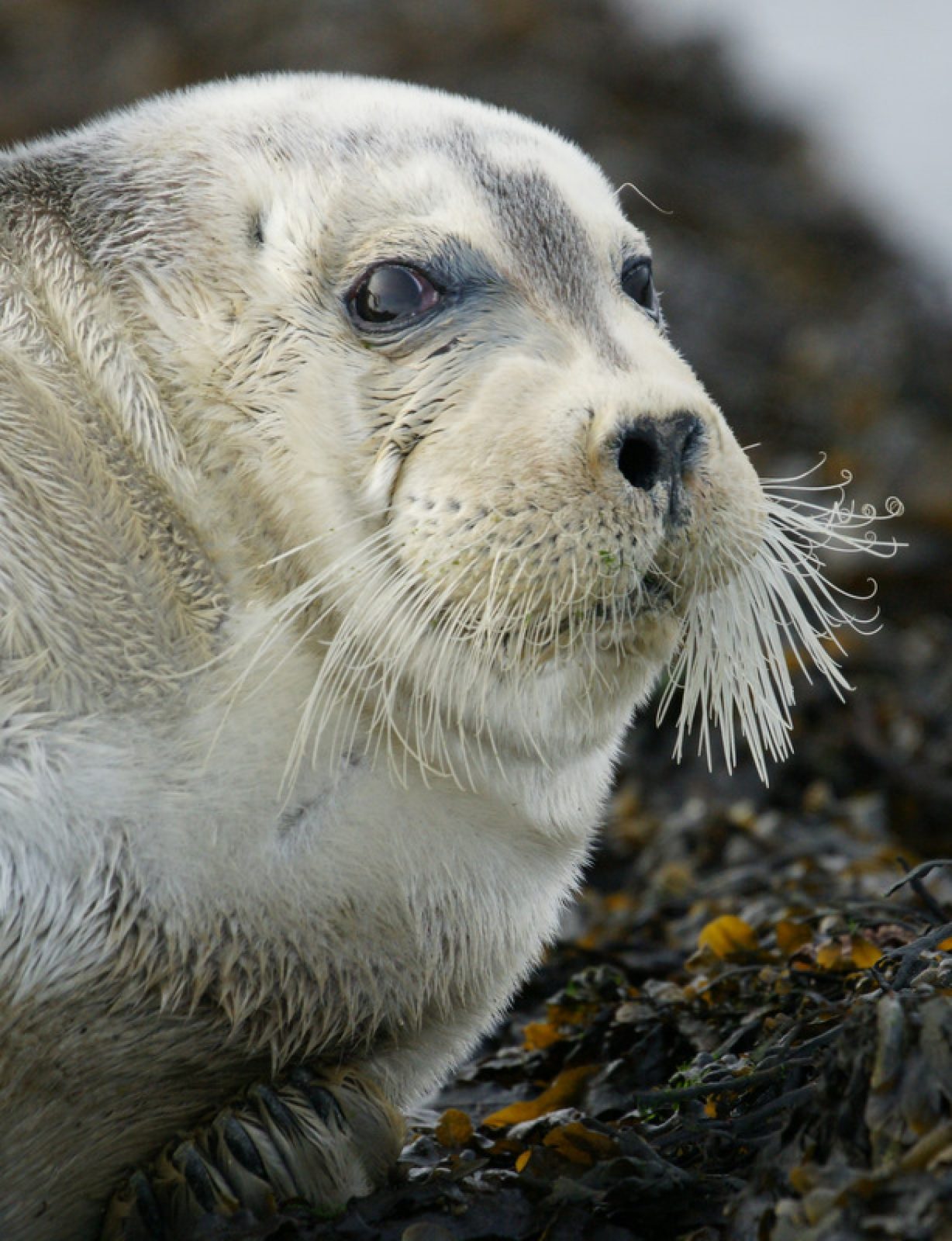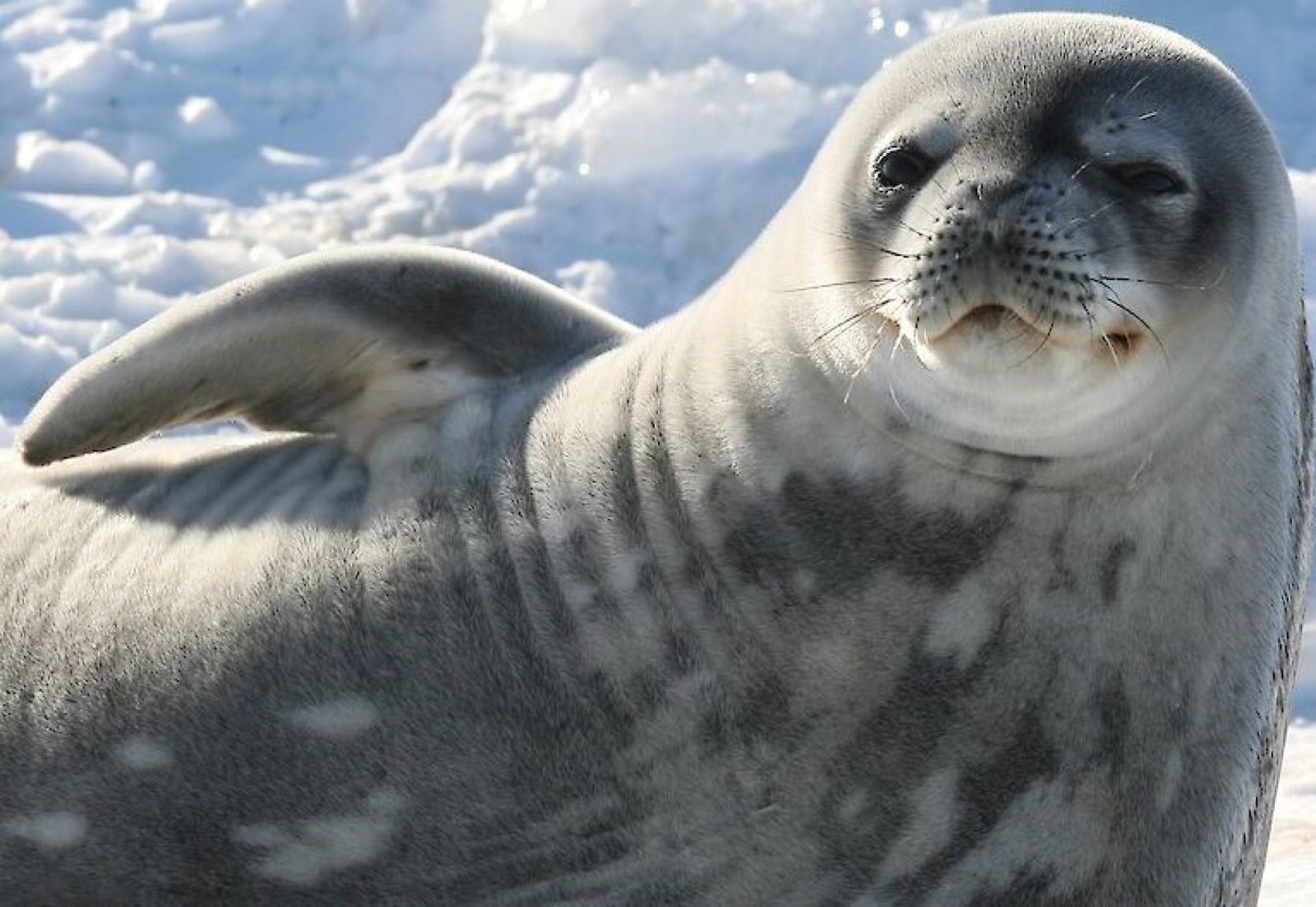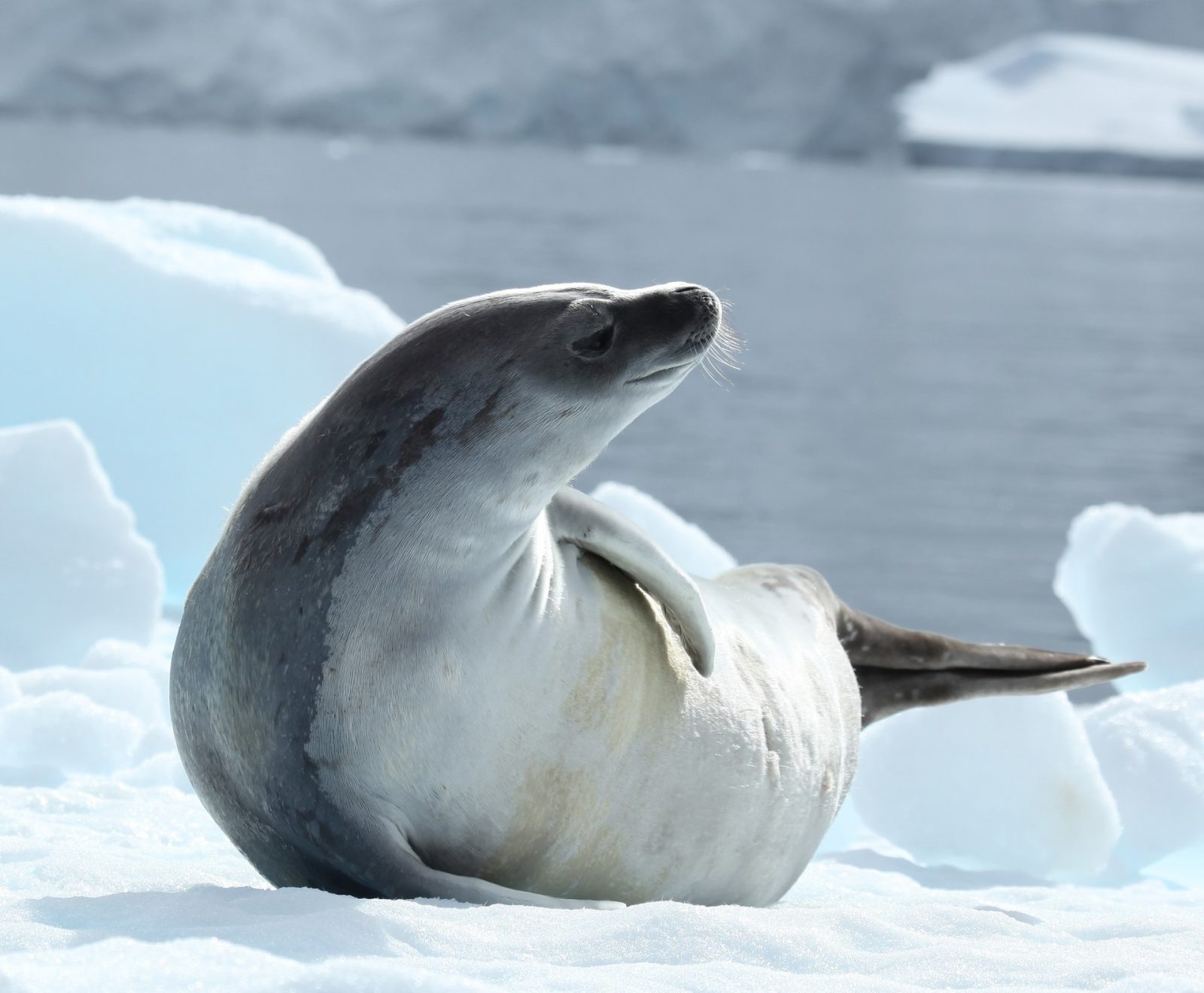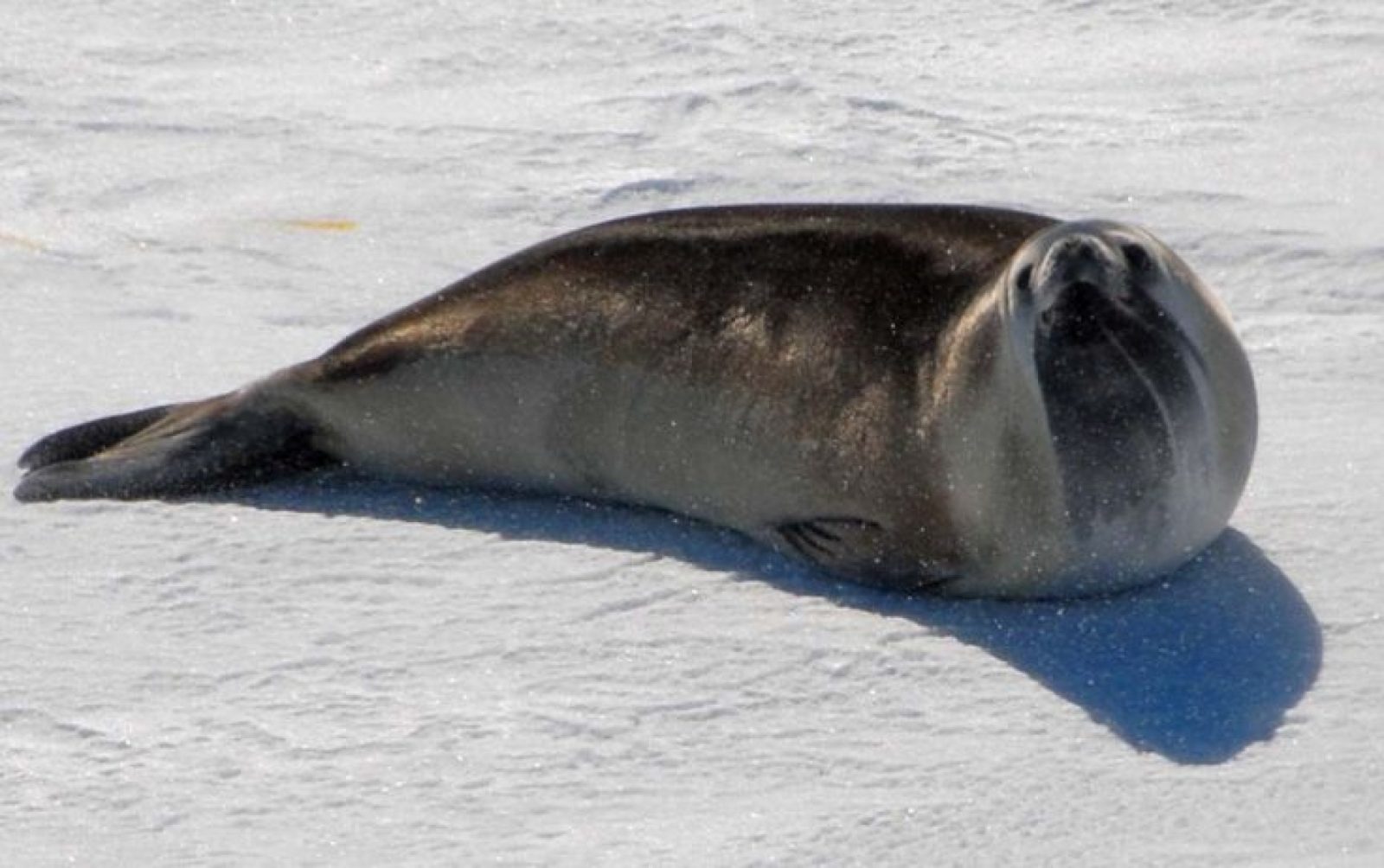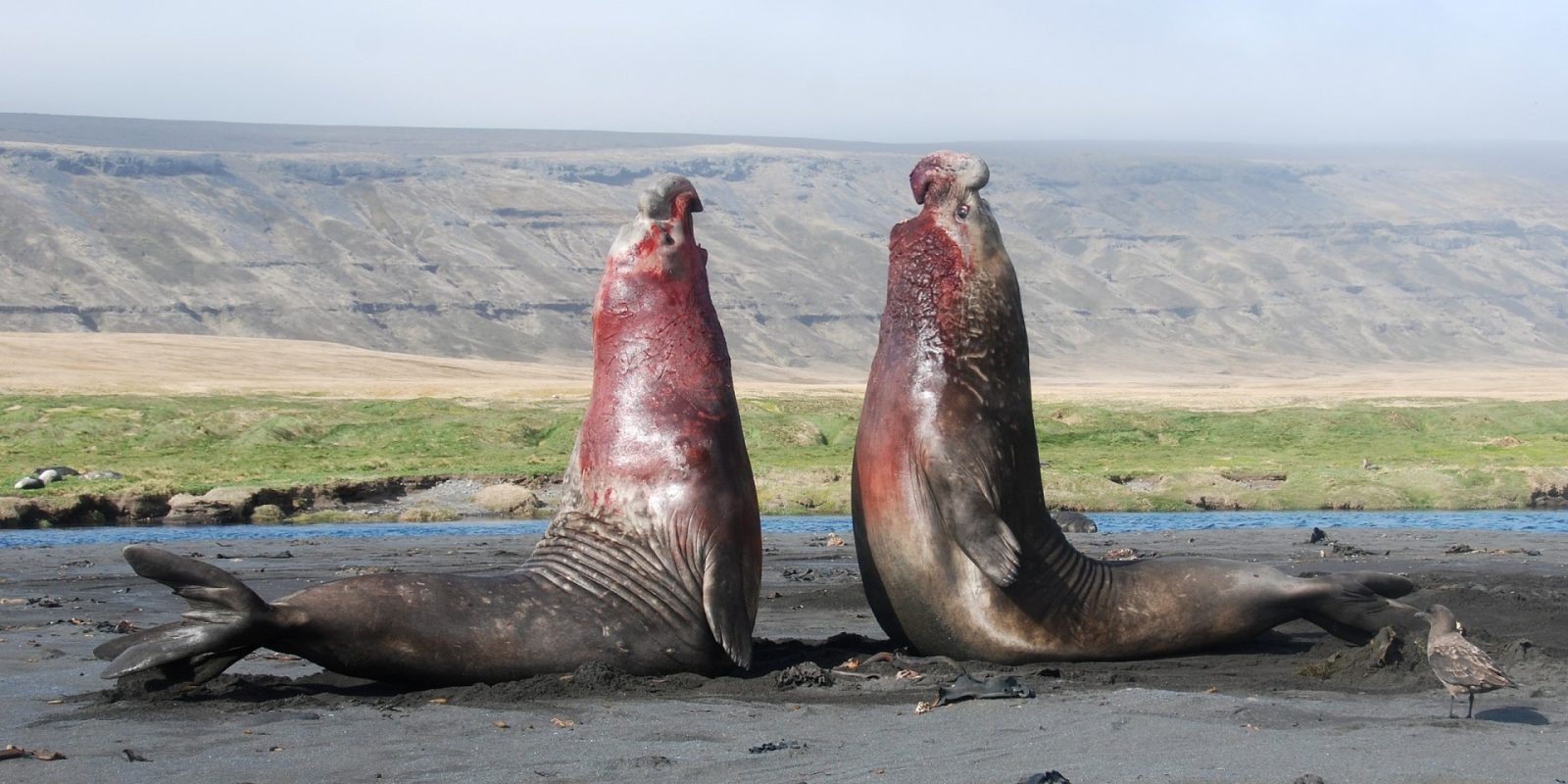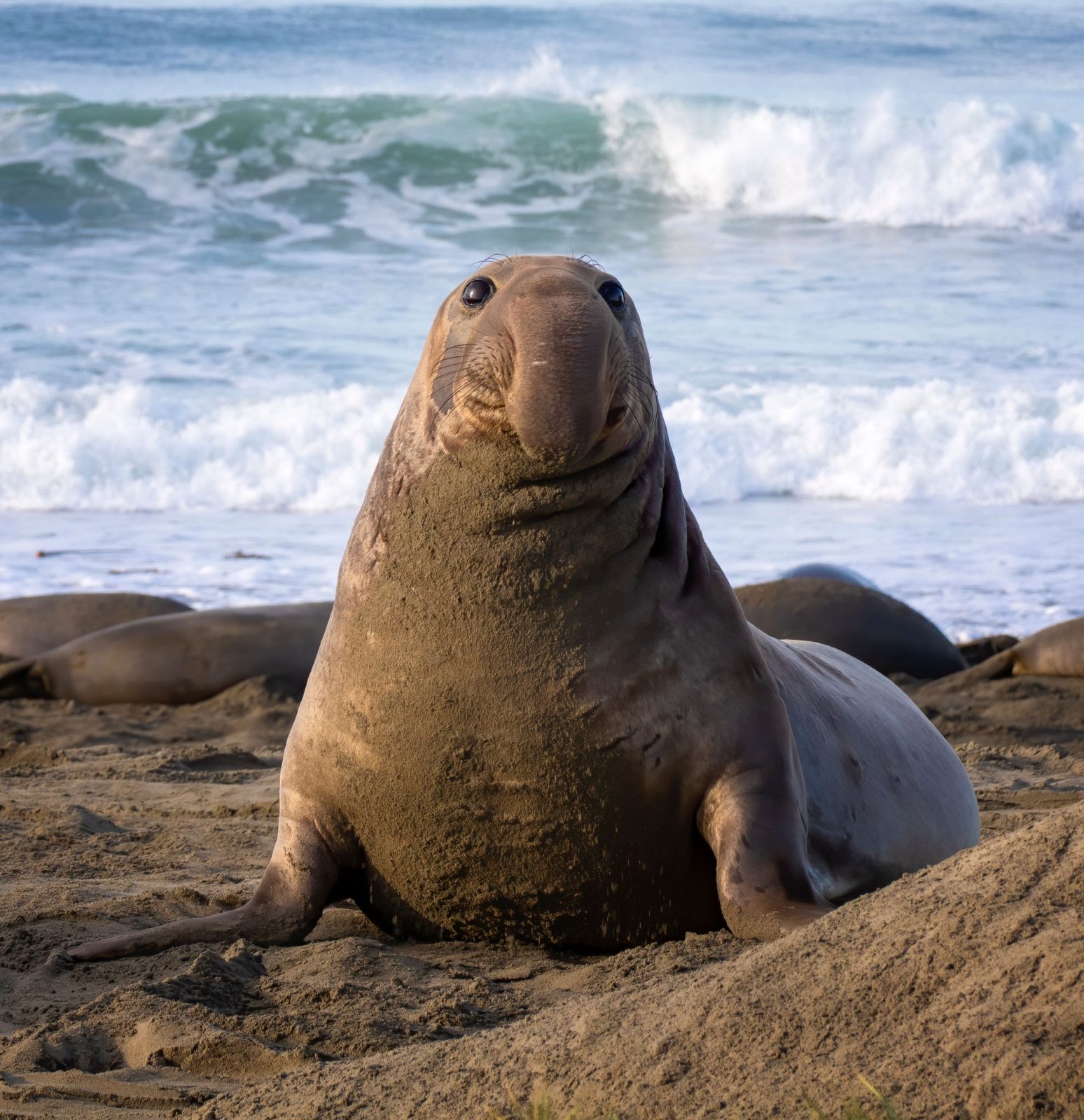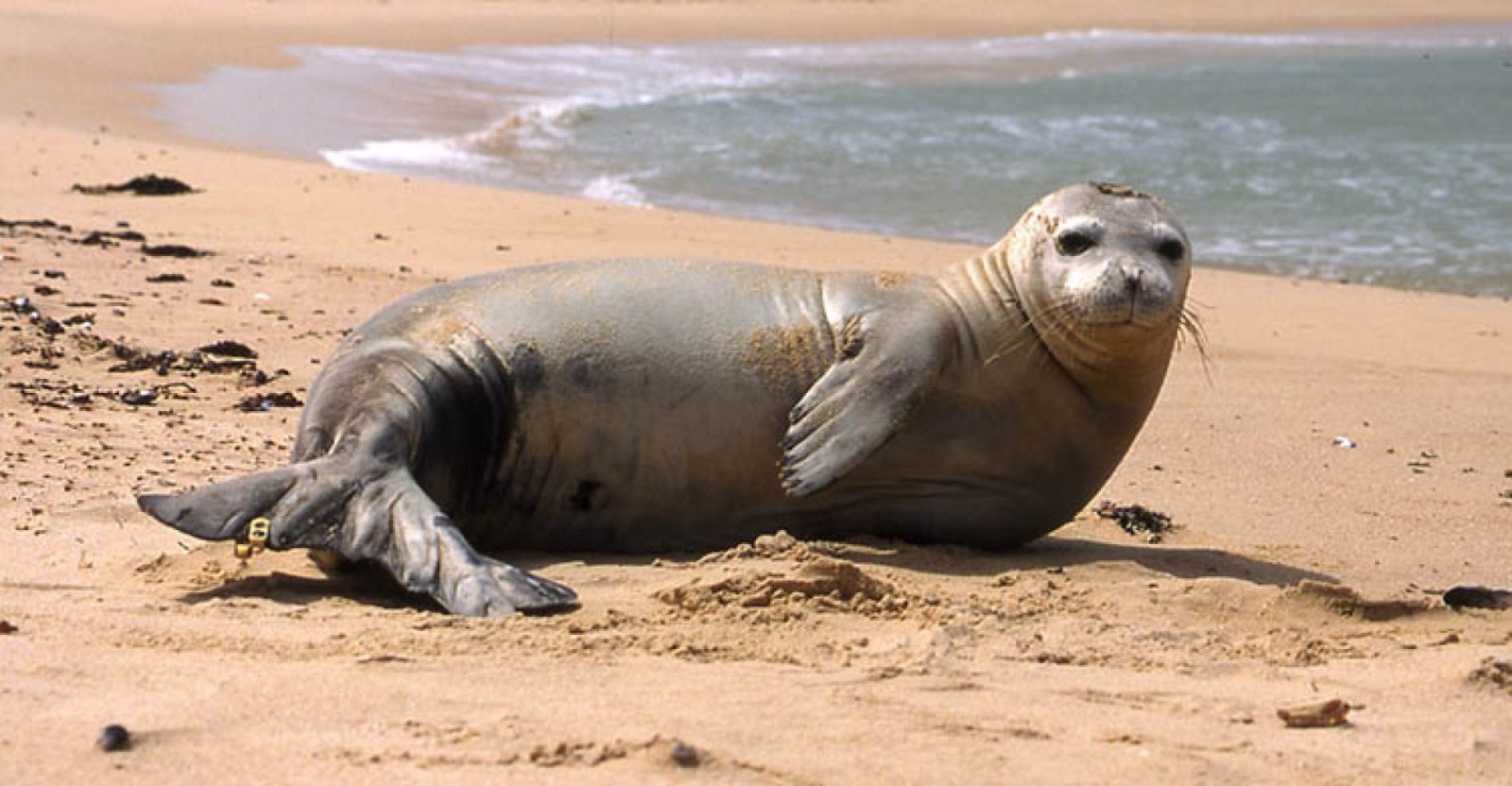
Baikal Seal
The Baikal Seal is only found in lake Baikal in Siberia, Russia. Like the Caspian seal it is related to the Arctic ringed seal. It is also the only exclusively pinniped fresh water species (there are other species which have subspecies which live in fresh water, but none where the whole species lives this way. Currently, there are 80,000-100,000 seals in the lake, which is the calculated carrying capacity. As such, they are not considered endangered at all.
It is unclear how seals got to the lake, though they may well have lived in the lake since it was connected to the sea, some 2 million years ago.
There is a small quota which is meant to not effect the population. While the quota may not, poaching is thought to be at least several times the amount of legal hunting, meaning that this should be taken into account but probably is not at the current time.
The biggest threat, is likely to be climate change, and warming waters is likely to have a big impact on a closed water system like this.
Seals are able to suckle for as much as 3 months, which is far more than many species. They keep growing until 20-25 and often live to 50 years old – a very impressive age compared to many other species.
Beneath this, we have a video of this species in the wild, and beneath this is a list of any articles which have been written on this species (there may as yet be none, but this will hopefully change in the future).
We are also keen to help wildlife be of value to people who live nearby, so at the bottom of the page, we are keen to list any links that will help people book to see this species in th wild.

